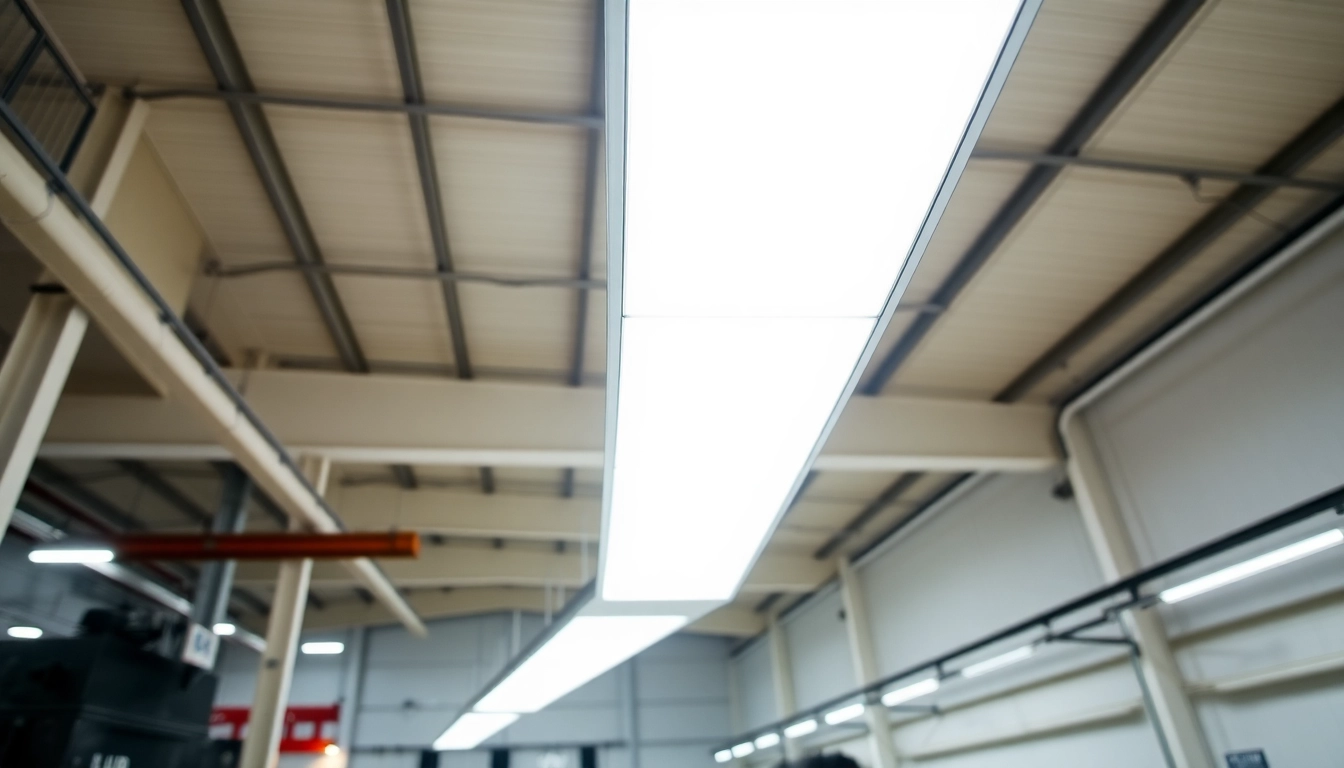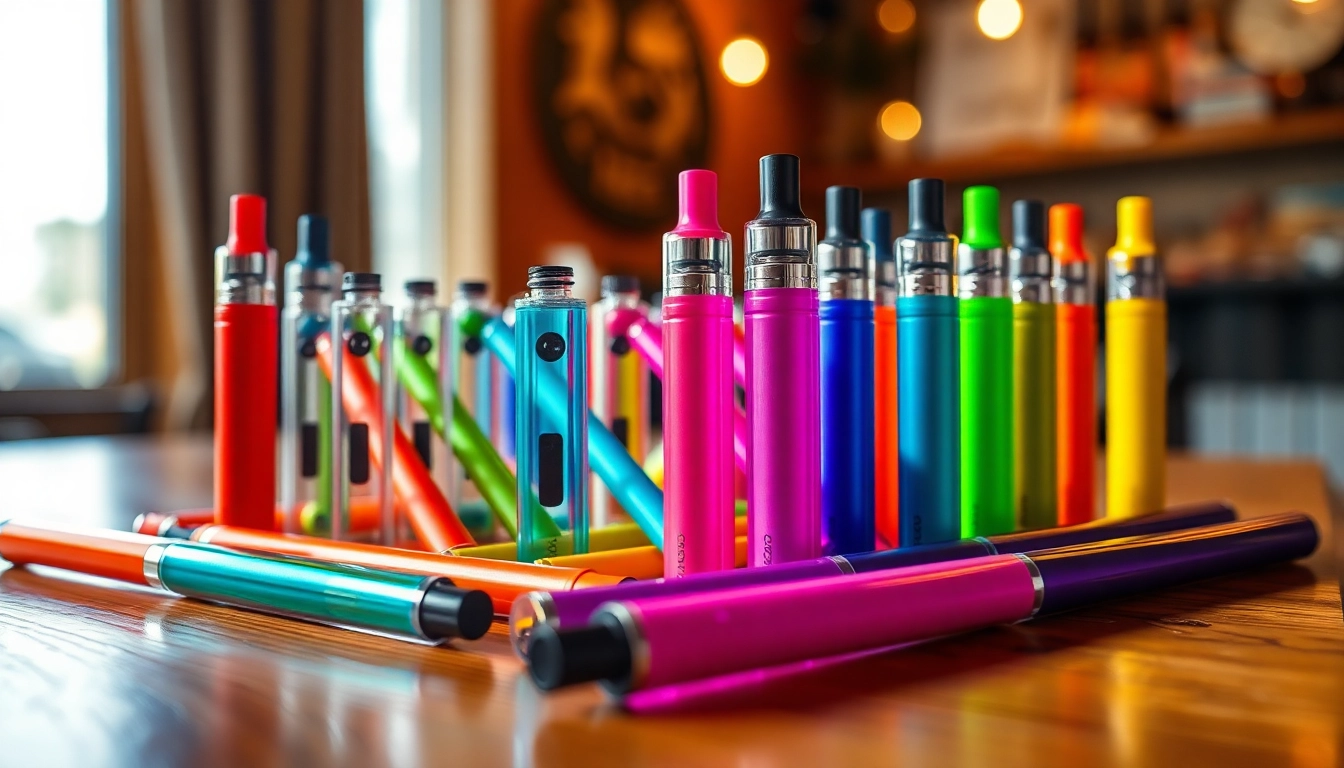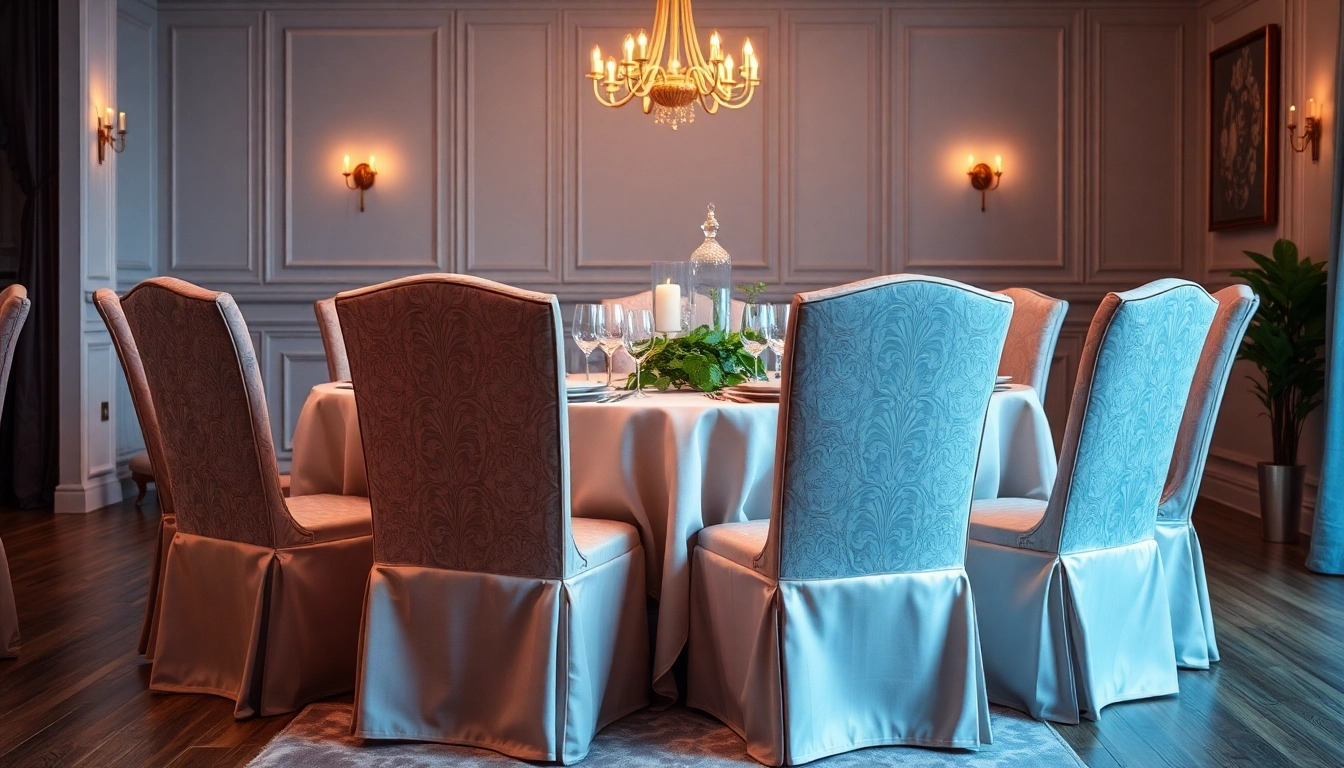Understanding LED Batten Light Sourcing
The growing demand for energy-efficient lighting solutions has made LED batten lights a popular choice for a variety of applications, including commercial, industrial, and residential spaces. As organizations and homeowners look to modernize their lighting systems, understanding the nuances of LED Batten Light Sourcing becomes paramount. This comprehensive guide will explore the intricacies of sourcing LED batten lights, including their benefits, features, and the best practices for successful implementation.
What are LED Batten Lights?
LED batten lights are linear lighting fixtures designed to provide efficient and effective illumination. They consist of long, rectangular bodies housing LED chips, which offer several advantages over traditional fluorescent and incandescent lighting. Characterized by their slim profile and versatility, LED batten lights can be mounted on ceilings or walls, making them ideal for use in warehouses, corridors, parking lots, and offices.
Benefits of LED Batten Light Sourcing
Sourcing LED batten lights comes with a plethora of advantages:
- Energy Efficiency: LED technology consumes significantly less electricity compared to traditional lighting solutions, leading to lower energy bills.
- Longevity: LED fixtures have a lifespan of up to 50,000 hours or more, minimizing the need for frequent replacements.
- Low Heat Emission: LEDs produce minimal heat, reducing cooling costs in environments with extensive lighting.
- Versatile Design: Their sleek design makes them suitable for various applications across diverse settings.
- Low Environmental Impact: LED lights contain no hazardous materials, making them recyclable and a sustainable lighting choice.
Key Features to Consider in Sourcing
When sourcing LED batten lights, certain characteristics should be prioritized to ensure the right choice:
- Lumen Output: This indicates the brightness of the light. Higher lumens mean brighter light, which is crucial for spaces needing illumination.
- Color Temperature: Measured in Kelvins (K), this affects the ambiance of a space. Warmer tones (2700K-3000K) create a cozy atmosphere, while cooler tones (4000K-6500K) can enhance productivity.
- Dimmer Compatibility: If flexibility is required for varying light levels, ensure the batten lights support dimming capabilities.
- IP Rating: This indicates the level of protection against dust and moisture, essential for outdoor or industrial environments.
- Warranty: A robust warranty period often reflects the manufacturer’s confidence in product quality.
Identifying Your Lighting Needs
Properly assessing your lighting needs is key to effective LED batten light sourcing. This section delves into the specific requirements that should influence your decision-making process.
Assessing Space Requirements for LED Batten Lights
The first step in identifying your lighting needs is to analyze the dimensions and functionality of the space where the LED batten lights will be installed. Here are a few considerations:
- Room Size: Measure the square footage and height of the space to determine the number of units required.
- Lighting Layout: Consider the placement of fixtures to avoid shadows and ensure an even distribution of light.
- Usage Patterns: Identify whether the space is used for specific tasks that require focused lighting or general illumination.
Evaluating Different Types of LED Batten Lights
LED batten lights are available in various styles suited to different applications:
- Surface Mounted: Ideal for ceilings and walls, these lights are easy to install.
- Suspended: These fixtures hang from the ceiling, allowing for flexible arrangements and targeted illumination.
- Vapor Tight: Designed for harsh environments, these lights provide protection against moisture and dust.
- Smart LED Batten Lights: These offer advanced features like remote control and automated dimming.
Determining Energy Efficiency Ratings
Understanding energy efficiency ratings is crucial when sourcing LED batten lights. Look for relevant certifications such as Energy Star or the DesignLights Consortium (DLC), which indicate that a product meets strict energy efficiency standards. Selecting lights with high efficacy—lumens per watt—ensures you maximize illumination while minimizing energy use.
Finding Reliable Suppliers for LED Batten Light Sourcing
Identifying trustworthy suppliers is essential for successful LED batten light sourcing. This section discusses how to find and choose suppliers who can meet your lighting needs.
Key Qualities of Trustworthy Suppliers
When selecting suppliers for LED batten lights, consider the following qualities:
- Reputation: Look for suppliers with a strong track record in the industry and positive customer reviews.
- Experience: Suppliers with experience in lighting products are more likely to understand client needs effectively.
- Product Range: A diverse product line can provide more options for your lighting requirements.
- Customer Support: Ensure the supplier offers robust customer service for inquiries and post-purchase assistance.
How to Evaluate Supplier Offers
After identifying potential suppliers, evaluate their offers based on several criteria:
- Price: Compare pricing not only on the fixtures themselves but also consider shipping, taxes, and potential installation costs.
- Terms and Conditions: Review warranty policies, return policies, and delivery timelines to avoid unexpected costs.
- Reviews and Testimonials: Seek feedback from existing customers to gauge the quality of the products and services.
Importance of Transparency in Sourcing
Transparency is essential in the sourcing process. Ensure that suppliers provide detailed information about their products, including specifications, certifications, and materials used. A transparent supplier fosters trust and ensures you make informed decisions.
Cost Considerations in LED Batten Light Sourcing
Cost is always a consideration when sourcing LED batten lights. Understanding various pricing structures and the long-term savings associated with LED technology can help in making smart procurement decisions.
Understanding Pricing Structures
Pricing for LED batten lights can vary widely based on factors such as quality, brand, and specifications. It is important to understand the basic components of pricing, which include:
- Initial Purchase Cost: The upfront expense of acquiring the fixtures.
- Installation Costs: Labor and materials required for proper installation.
- Maintenance Costs: Future expenses related to servicing or replacing defective units.
Balancing Quality and Affordability
While it may be tempting to opt for the lowest priced options, balancing quality and affordability is crucial. Higher quality fixtures often lead to better durability and efficiency, resulting in greater savings over time. Assess the warranty and expected lifespan of the products to gauge their value.
Long-term Savings through LED Technology
Investing in LED batten lights can yield significant long-term savings due to their energy efficiency and longer lifespan. Over time, reduced energy consumption and lower maintenance costs can contribute to a faster return on investment (ROI). Additionally, tax incentives and government rebates for energy-efficient installations can further offset costs.
Best Practices for Implementing LED Batten Lights
Implementing LED batten lights requires careful planning and execution to ensure optimal performance. Here are best practices to consider throughout the installation process.
Installation Tips for Optimal Performance
The installation of LED batten lights should be performed by qualified professionals to ensure safety and efficacy. Key installation tips include:
- Follow Manufacturer Guidelines: Adhere to the installation instructions provided with the product.
- Check Electrical Systems: Ensure that the electrical infrastructure can support LED fixtures, taking into account voltage and circuit compatibility.
- Use Proper Mounting Techniques: Securely fasten lights according to specifications to prevent fixture failures.
Maintenance Guidelines for Longevity
Regular maintenance is crucial to prolonging the life of LED batten lights. Here are some recommended practices:
- Routine Inspections: Check fixtures periodically for any signs of wear or failure.
- Cleaning Light Fixtures: Dust and debris can accumulate; clean fixtures with mild soap and water as needed.
- Prompt Repairs: Address any malfunctions immediately to avoid larger issues and ensure consistent performance.
Case Studies on Successful LED Batten Light Installations
Analyzing successful installations can yield insights into the best practices. For instance, a warehouse that switched to LED batten lights experienced a 50% reduction in energy costs and improved visibility for employees, enhancing both productivity and safety. Another example is a commercial space that benefited from the flexibility of dimmable LED battens, allowing management to adjust lighting according to varying customer needs, contributing to overall customer satisfaction.
Conclusion
Effective LED batten light sourcing is a multifaceted process that encompasses understanding product offerings, assessing lighting needs, selecting reliable suppliers, navigating cost considerations, and implementing best practices. By following the guidance provided in this article, individuals and organizations can maximize the benefits of LED batten lights while making informed purchasing decisions that align with their goals for energy efficiency and sustainability.



